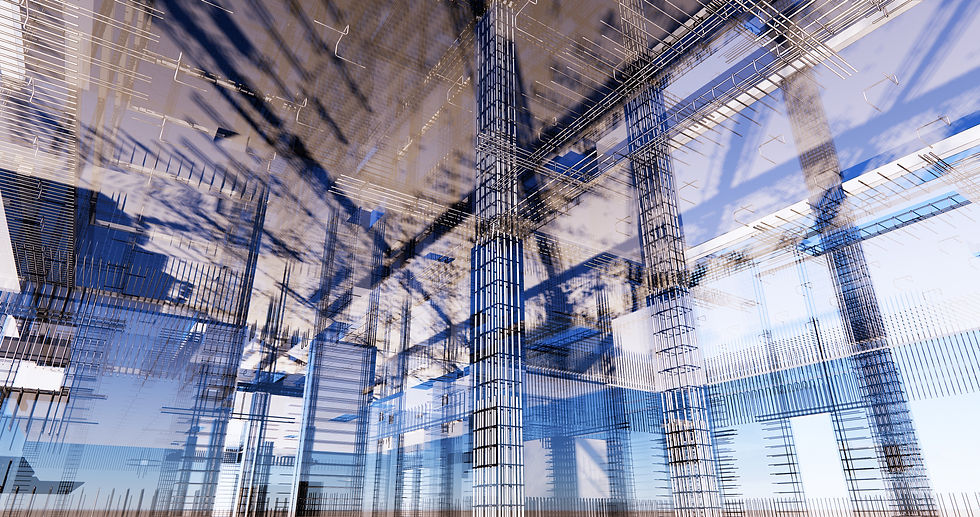
Introduction
The construction industry has been experiencing a profound transformation in recent years, thanks to the integration of advanced technologies. Among these innovations, Building Information Modelling (BIM) stands out as a game-changer, offering a wide range of benefits that revolutionize how construction projects are planned, designed, and executed. In this blog post, we will explore the incredible advantages of BIM and how it is reshaping the construction landscape.
Enhanced Collaboration and Communication
One of the primary advantages of BIM is its ability to facilitate seamless collaboration among various stakeholders in a construction project. Unlike traditional 2D drawings, BIM creates a digital representation of the entire project in 3D, complete with all relevant information. This enables architects, engineers, contractors, and other team members to work together more effectively. Real-time updates and cloud-based sharing make communication and coordination smoother than ever before, reducing errors and misunderstandings.
Improved Design Accuracy
BIM allows for precise and highly detailed design work. By creating a 3D model of the project, designers can identify potential clashes or conflicts early in the planning phase. This leads to fewer design errors, minimizing costly rework during construction. Additionally, BIM offers the flexibility to experiment with different design options and evaluate their impact on cost, time, and sustainability, ensuring that the final design meets the project's objectives.
Cost Savings
Efficient project management is crucial in the construction industry, and BIM plays a significant role in cost control. Through BIM, project managers can generate accurate cost estimates, track expenses, and identify potential cost overruns in real-time. This proactive approach helps avoid budget surprises and ensures that projects stay within their financial constraints.
Time Efficiency
BIM streamlines project timelines by reducing delays caused by design changes and coordination issues. The 3D model allows for early detection of clashes between systems and components, which can be resolved before construction begins. This minimizes downtime and rework, ultimately accelerating project completion and reducing the time required for construction.
Sustainability and Environmental Benefits
In an era of increasing environmental consciousness, BIM offers tools for sustainable construction practices. By analysing the digital model, builders can optimize energy efficiency, material usage, and waste reduction. This not only benefits the environment but also leads to long-term cost savings through reduced energy consumption and lower maintenance costs.
Facility Management and Lifecycle Analysis
BIM's benefits extend beyond the construction phase. It provides a valuable asset for facility management and maintenance. Building owners and operators can access a comprehensive digital record of the building, including information about materials, systems, and maintenance schedules. This facilitates proactive maintenance, reduces downtime, and extends the lifespan of the structure.
Legal and Regulatory Compliance
BIM helps construction projects meet regulatory and legal requirements more effectively. By storing all project data in a centralized digital platform, it becomes easier to ensure that the project complies with local building codes and regulations. This reduces the risk of costly legal issues and delays due to non-compliance.
Conclusion
Building Information Modelling (BIM) is a collaborative work methodology for the creation and management of a construction project.
Its objective is to centralize all project information in a digital information model created by all its agents.
BIM represents the evolution of traditional design systems based on architectural plans since it incorporates geometric (3D), time (4D), cost (5D), environmental (6D), and maintenance (7D) information. The use of BIM goes beyond the design phases, covering the execution of the project and extending throughout the life cycle of the building, allowing its management, and reducing operating costs.
In summary, we can draw some conclusions:
1. BIM, or Building Information Modelling, is a system in which analog information about a facility is transformed into a holistic digital model, which includes both geometry and data.
2. BIM can help in improving building design and construction processes. With a digital model, it is possible to simulate, analyze, and optimize any challenge related to the building.
3. BIM is not software; the software may be compatible with BIM.
In summary, BIM (Building Information Modeling) is a computer-modeled construction process that brings together all relevant building information to optimize current and future processes.
Please contact us if you have any questions about BIM and how it can improve the efficiency of your construction project.


Comments